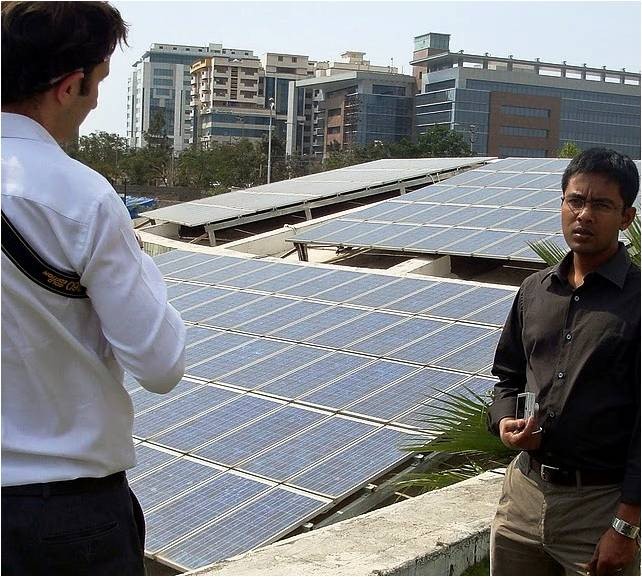As we all know, the rise of solar has been inexorable over the last few years. And this year is perhaps the most exciting so far, as we reach the coal-price parity tipping point. In among all the news of SolarCity and the green tech revolution sweeping the planet, is an Indian success story.
India is one of the biggest consumers of electricity in the world. Estimates suggest that the country now uses more than 1010 kWh per person per year. And this usage is growing at an exponential pace. As well all know, environmentalists have been worried about this growth in electricity usage for decades. However, if India is ever to develop, it’s going to need more power – a lot more power.
But for years the country has had something of an electricity problem. Until now, India has plodded through with a failing, state-controlled power system. The original idea of the ruling socialist parties in the 1970s and 1980s was to connect the country using a Western grid system. But in the Indian context, that soon became a problem. Many Indians desperately needed electricity, but were too poor to pay for it. As a result, they hooked their homes up to the power system illegally. And their usage was neither tracked nor billed. This led to decades of losses for state-owned enterprises. It simply wasn’t profitable to run an electricity company in India, and the infrastructure suffered.

Now solar is offering India a way out of its decades-long power problem. The government has pledged that the country will generate an extra 100 GW from solar by 2022. And 40 percent of that figure will be in the form of rooftop solar. India’s renewable energy conference has detailed how solar will be also be rolled out in airports and ports.
As the world’s most populous country, how India solves its renewable energy problem matters to us all. And it’s good to see that the government is on the side of the environment. But can it actually deliver its promises in practice? The answer appears to be a strong, maybe.
It’s clear that solar cells will soon become the rural energy source par excellence. Prices over the lifetime of the units are falling to record lows. And they’re ideally suited to situations in which the population is dispersed. But, like other developing countries, India suffers from some rather specific problems. Most notably, the country has a severe coordination problem. According to experts, the low voltage grid is so unreliable that renewable companies can become cut off from their markets on a weekly basis. Thus, big solar today faces the same problems as big coal has since Gandhi. The other problem is finance. It’s hard for regular businesses, let alone individual Indians, to get hold of credit for solar panels. Rates are in the region of 13 percent per annum. And that nullifies most of the benefits of going solar.
Right now the country’s primary hope for distributed solar comes from the World Bank. The organisation has pledged $2.5 billion for the country’s solar projects. Maybe, just maybe, it can make it work.
Photo Credit: www.flickr.com